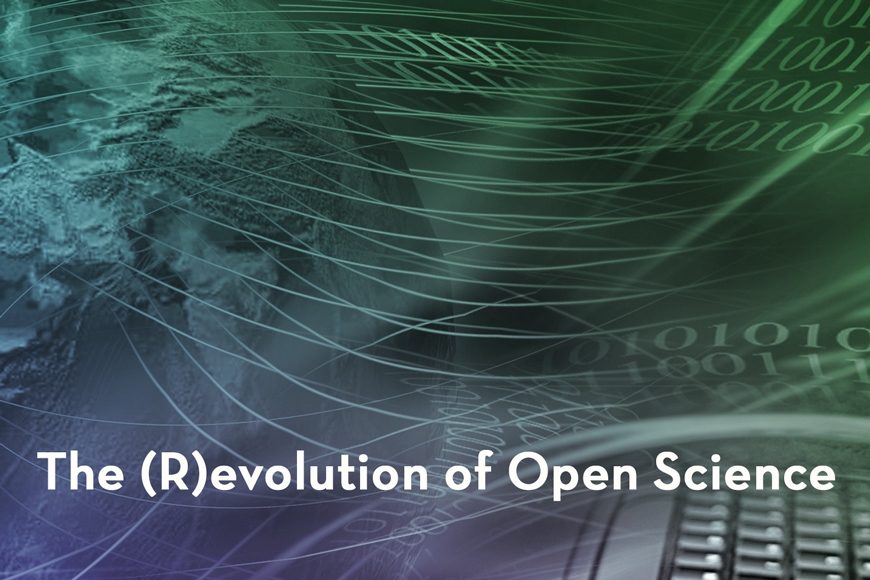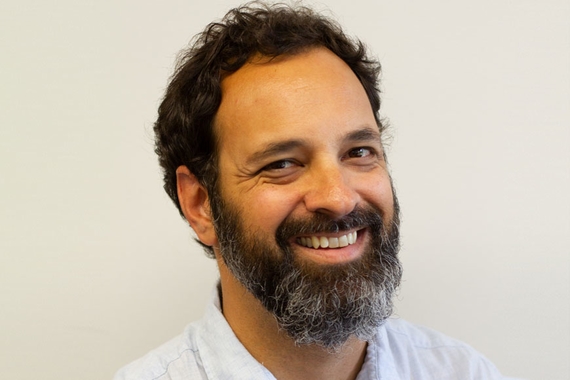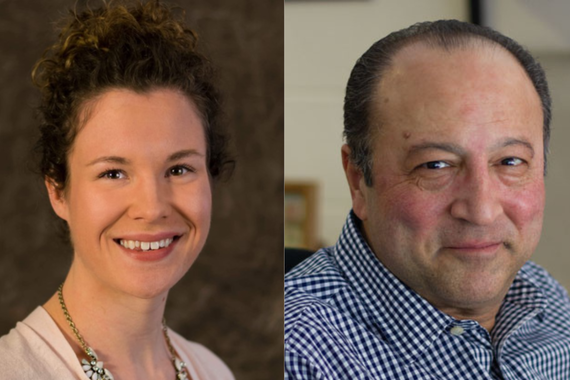Opening the Door to Open Science
The importance of being able to reproduce findings and to replicate studies are the hallmarks of sound scientific practice. Over the past decade, the failure to replicate and reproduce famous studies in Psychology have sparked concern and calls for reform in how researchers practice science. In addition, psychologists are concerned that the practice of science has been open to too few and that the dispersion of scientific findings is too limited. Who practices science and who benefits from science also have a bearing on its credibility among the general public. Scientific practice has been considered to be too 'closed,' thereby thwarting the ability of others to confirm or contest scientific findings and to support or question scientific agendas.
In response, researchers are now promoting a series of practices collectively known as Open Science to improve the practice of science. Additionally, having recognized its potential and value in this regard, the Department of Psychology at the University of Minnesota has included the adoption and implementation of Open Science practices as an initiative in their strategic plan. This article is the first of three articles in our series "The (R)evolution of Open Science," which seeks to further delve into this impactful movement. The first article, “A Door Into Open Science,” is an introduction to the main tenets of the movement. The second article investigates the (R) in (R)evolution; R is in reference to the open-source statistical program that is so important to the Open Science movement. Finally, the third article examines how scientists are increasingly applying Open Science practices and behaviors to scientific research, spurring further ‘evolution’ of the movement.
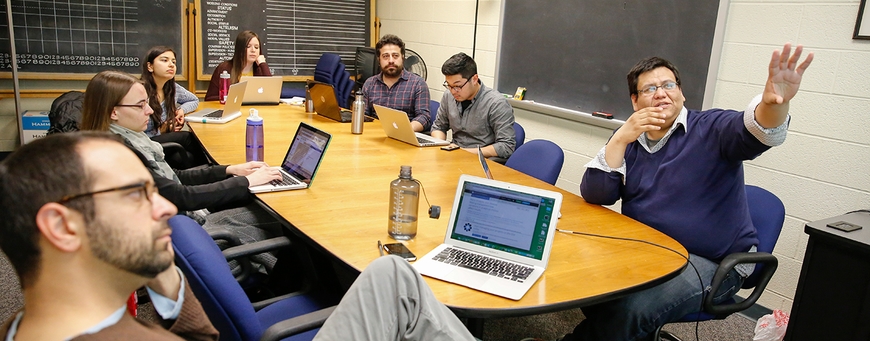
Opening the Door to Open Science
Dr. Moin Syed is an associate professor in the Personality, Individual Differences, and Behavior Genetics program and the chair of the Open Science Committee in the Department of Psychology at the University of Minnesota. Dr. Syed recently answered questions from our communications staff about Open Science and why it is important to the field of psychology.
What is open science?
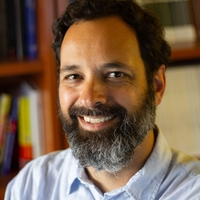
Dr. Syed described Open Science as a scholarly movement dedicated to the core principles and behaviors of making research transparent, credible, reproducible, and accessible. As with any new scientific practice, Open Science can be, and often is, understood differently by scientists. Not having an established set of agreed-upon terminologies, definitions, behaviors, principles, and concepts has caused debate and crises within the movement. Despite the debates and crises, the practices of Open Science have momentum and committed academics are finding that adapting their research and investing in the behaviors and practices of Open Science are essential to their professional careers.
Dr. Syed took a closer look at the various definitions put forward in the scientific community. He described four general principles that underlie the Open Science movement. Not in any particular order, the four principles he noted are as follows:
- Transparency; being clear and honest about all aspects of the research process. In the third article in this series, we will examine how new practices such as pre-registration of studies contribute to greater transparency.
- Credibility/trustworthiness; establishing “the degree of trustworthiness that we can place in research findings” and the researcher. Dr. Syed noted that transparency and credibility are complementary behaviors. Being transparent with one’s research assists others in the field to take a closer look at the findings and then assign the level of credibility to the research. However, Dr. Syed cautions that conflating the two principles does not always result in an accurate assessment of the research. One can be completely transparent, but for various reasons the research is not credible. Separate these principles of transparency and credibility and use them as complementary to one another when assessing the research.
- Reproducibility; allowing for researchers and others in the field to reproduce the data and scientific results. Reproducibility requires organization and structuring of the research materials so it is clear and concise and available to others who wish to replicate the results.
- Accessibility; “making our work…the data we collect, the materials we use for our research, our analytic code, and then our final published works… available as much as possible for people to be able to access.”
How does the Open Science Movement become a sustainable entity instead of a passing craze?
The concepts of Open Science are not new to the field of scientific research. Open Science behaviors and practices have been practiced throughout history. Textbooks highlight the following instances of promoting the 'openness' of scientific practice:
- the UK Copyright Act of 1710 gave the copyright to the authors and allowed them to deposit their works in national libraries for public access;
- the 1911 agreement of US auto manufacturers to share technologies openly and freely;
- Michael S. Hart’s 1971 Project Gutenberg to digitize public domain books for open access;
- Tim Gowers’ “crowdsource” math of 2009 to solve mathematical problems; and,
- present day open access mandates for grant recipients of federal grants.
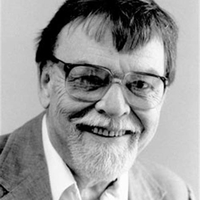
Dr. Syed added that the Department of Psychology at the University of Minnesota has a history of supporting Open Science; “Dr. Paul Meehl was talking about all this stuff in the 50s and 60s and 70s that we are talking about now… [and he] is kind of considered the patron saint of Open Science.” Paul Meehl is a former UMN psychologist (1920-2003).
If Open Science principles and practices have been around in some form or another for decades, if not centuries, what makes the (R)evolution of Open Science sustainable? Dr. Syed described that he thinks this time is different, which he attributed to several factors. First, the prevalence of the internet and social media have created communities that support one another and share common struggles and crises taking place in research. As a result, scientists no longer have to grapple in isolation with persistent problems in their research. Second, there has been a generational change, evidenced by the willingness and eagerness of early career researchers and graduate students to embrace the Open Science movement. Third, there is also a critical mass of senior researchers contributing to its sustainability via their mentoring of early career researchers and graduate students in Open Science behaviors and practices. By embracing and practicing Open Science themselves, they are helping to make the movement more intuitive and natural for those training to become researchers, as well as those who are discovering the intrigue of science and scientific research.
Open Science is a philosophy and practice that Dr. Syed makes sure to share with and teach his advisees, because as Dr. John Tennant*, founder of the Open Science MOOC declared, “Open Science is just good science” (DARIAH Annual Event, 2018).
*Dr. Tennant (1988-2020) was dedicated to making science accessible and open to everyone. He founded the Open Science MOOC, a platform dedicated to educating everyone interested in the different aspects of Open Science and its implications for knowledge creation and dissemination.
